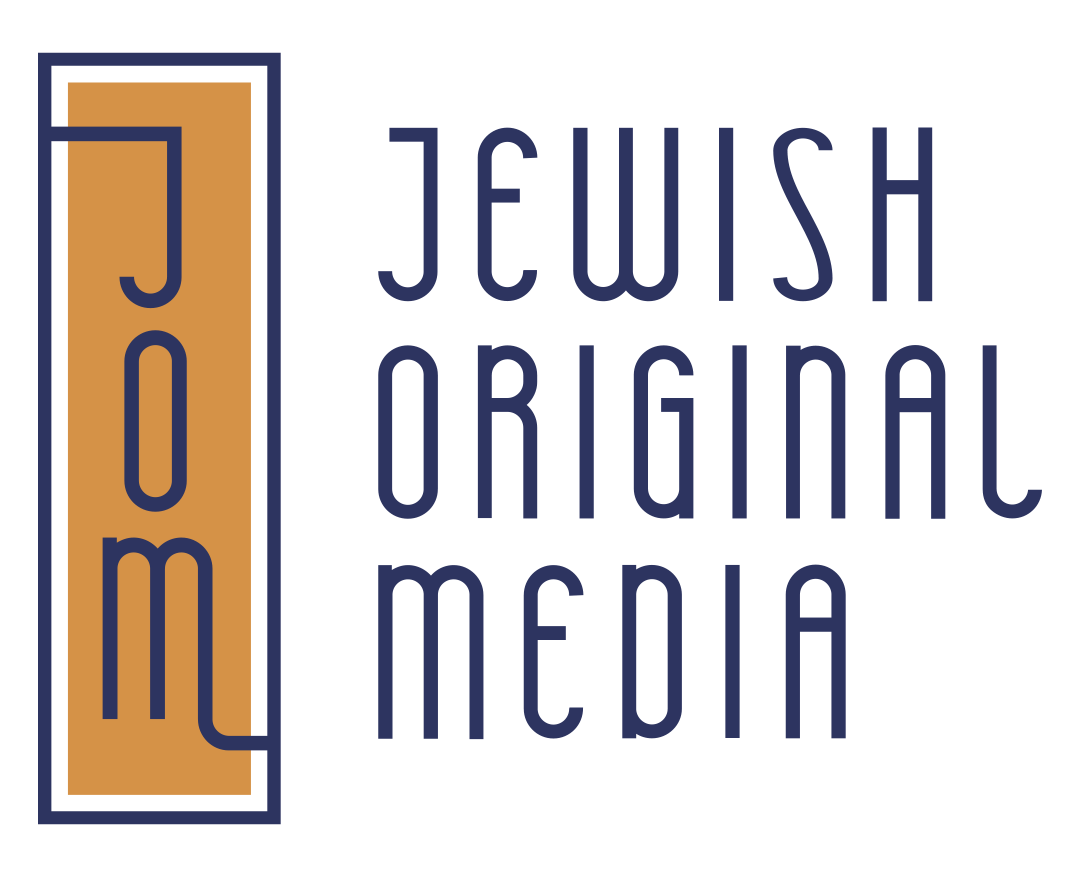A Moment Etched in Jewish History: The Proposal of the Madagascar Plan
Let’s turn the pages of Jewish history back to August 15, 1940. A dark scheme—the Madagascar Plan—was set in motion by Adolf Eichmann. He envisioned turning the island of Madagascar into an enormous Jewish ghetto, a place where Jews would slowly vanish. Eichmann’s proposal, carrying Adolf Hitler’s stamp of approval, aimed to forcibly shift a million Jews per year for four years to Madagascar, turning the island into a police state governed by the SS,[1]. It was a plot born in June 1940, with its gears starting to grind on August 15.
The Birth of the Madagascar Plan
Ideas about resettling European Jews in Madagascar date back to the late 19th and early 20th centuries; they weren’t a Nazi invention. However, when France fell to the Nazis in June 1940, their colony, Madagascar, was eyed as an ‘ideal’ location for what they called the ‘Final Solution’, a drastic answer to the so-called ‘Jewish Problem’. The Nazis saw a chance to gain colonial territory and merchant fleets from the vanquished Allies, furthering their aim of establishing a “Grossghettos”,[2], a mega ghetto.
Reaction to the Madagascar Plan
The Madagascar Plan ignited excitement among the Nazis. It appeared so promising that Hans Frank, the governor of the General Government, put a stop to the deportation of Jews into Poland on July 10, 1940. The construction of the Warsaw ghetto, suddenly deemed unnecessary, was halted,[3].
The Demise of the Madagascar Plan
Yet, the plan hit a wall—the British naval blockade rendered it unviable. It was shelved after the Nazis lost the Battle of Britain in September 1940 and was permanently abandoned in 1942 with the launch of the Final Solution,[4]. Thus, the Madagascar Plan was deemed “impossible”,[5].
The Aftermath of the Madagascar Plan
With the abandonment of the Madagascar Plan, the establishment of ghettos in Polish cities such as Warsaw resumed. The end goal of Jewish expulsion was now vaguely referred to as “a territory yet to be determined”,[6].
Resources
,[1] Source 1 ,[2] Source 2 ,[3] Source 4 ,[5] ‘The Origins of the Final Solution’ By Christopher Browning ,[6] Source 6 Source 7












